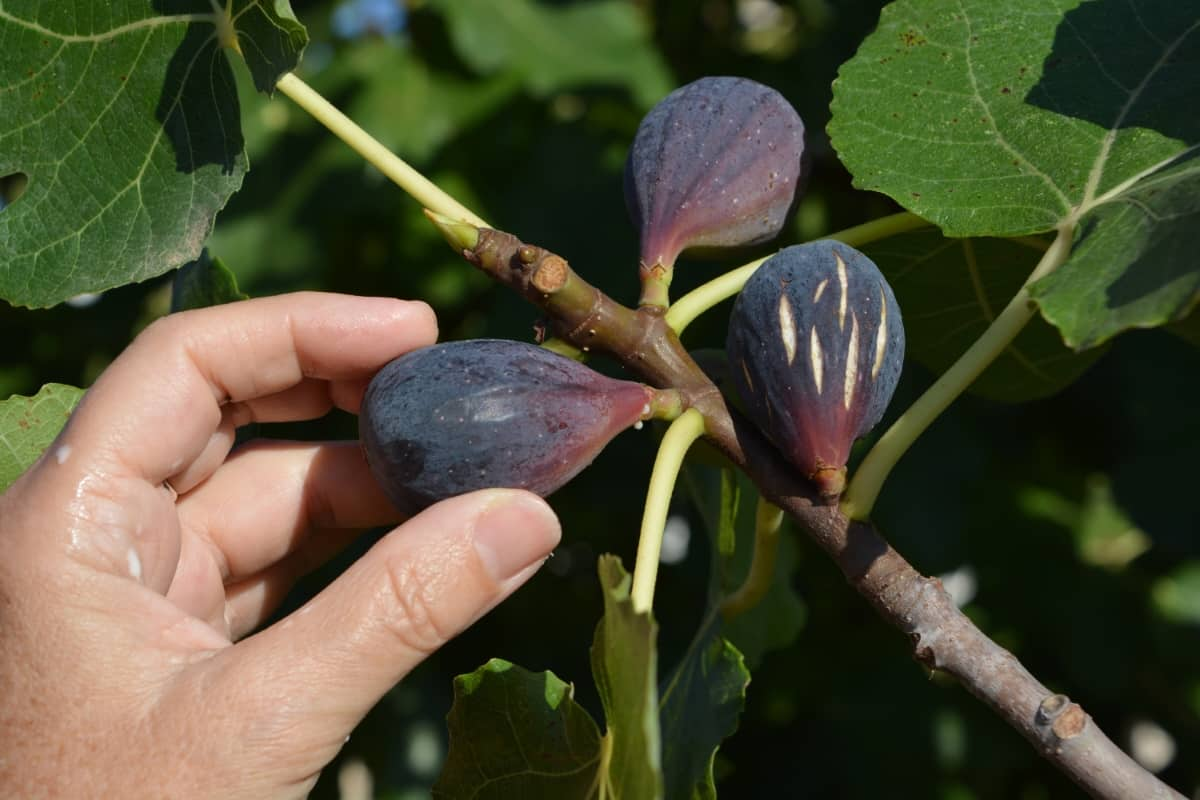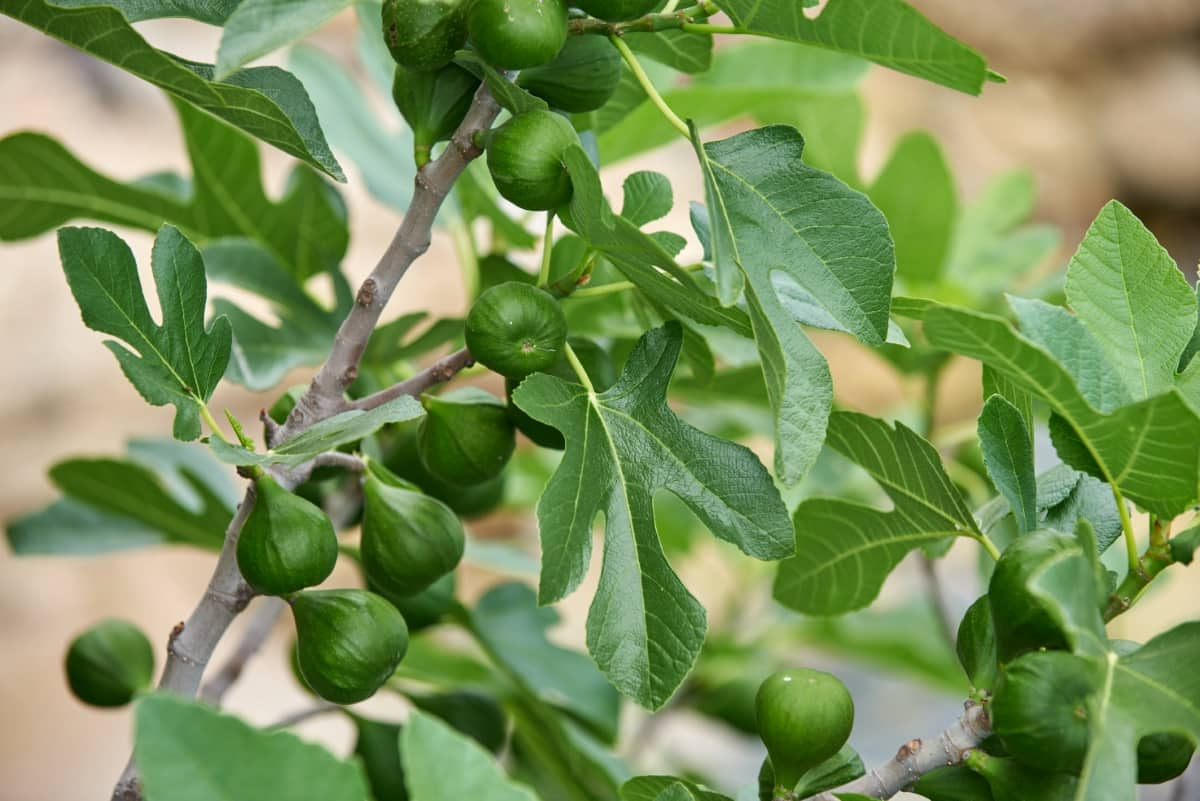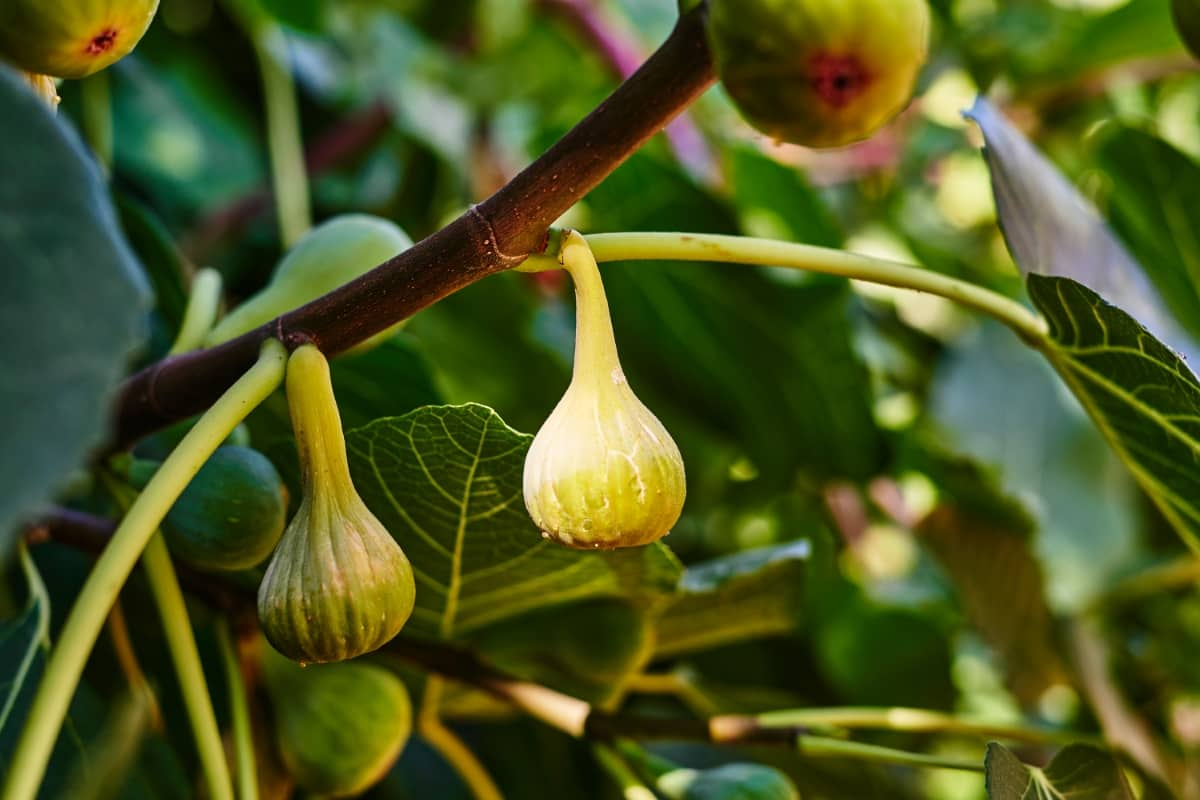Welcome to our comprehensive blog on 1-Acre Fig Farming Cost and Profit Analysis! This article delves into the economics and project report of cultivating figs on a one-acre farm. We’ll break down costs, examine potential profits, and provide accurate data to help you make informed decisions. Each sentence in this blog has been carefully summarized and rewritten to ensure simplicity and ease of understanding. Get ready to explore the fascinating world of fig farming and discover the financial aspects of this fruitful venture!

What is Fig Farming?
Fig farming refers to cultivating fig trees for their delicious and nutritious fruits. Fig trees belong to the Ficus genus and are grown worldwide. They require a warm climate, well-drained soil, and regular pruning. Figs are rich in fiber, vitamins, and minerals, making them a healthy snack.
Overview of Fig Trees: Biology, Production, and Uses
Fig farming has a rich history, with Ficus carica cultivated since ancient times. These small deciduous trees or large shrubs are native to the Mediterranean region and western and southern Asia. Fig plants reach 7-10 meters (23-33 feet) with smooth white bark and large leaves featuring deep lobes.
The tear-shaped fruit, known as a syconium, measures 3-5 cm (1-2 inches) and has a green skin that ripens to purple or brown. Inside, you’ll find sweet reddish flesh filled with crunchy seeds. Figs thrive in moderate seasonal frost and can even withstand hot-summer continental climates.
They can be consumed fresh or dried and transformed into delectable jams, rolls, biscuits, and desserts. Due to their high water content (around 80%), ripe figs are typically dried and processed for commercial production. From a nutritional standpoint, raw figs are primarily composed of carbohydrates, with minimal protein, fat, and micronutrients, but they provide moderate dietary fiber.
Highest Production of Figs: Turkey and North African countries like Egypt, Morocco, and Algeria took the lead, accounting for 64% of the total production of raw figs.
India: In India, Maharashtra, Gujarat, and Karnataka are the top fig-producing states. These regions have favorable climatic conditions and suitable agricultural practices that contribute to their high fig production.
Market and Demand for Fig Farming
The global fresh figs market, valued at approximately US$ 1.4 billion in 2022, is expected to grow steadily at a CAGR of 5.3% until 2032, reaching a projected value of US$ 2.3 billion. In 2022, the African region dominated the market, holding a 71.2% market share. The demand for organic fresh figs is particularly high in North America and Europe, leading farmers in countries like Turkey, the U.S., and Greece to cultivate figs using organic methods to cater to this market trend.
Best High-Yielding Variety for Fig Farming
- Brown Turkey: This popular worldwide variety produces medium to large-sized fruits with purplish-brown skin and sweet, flavorful flesh. It is known for its adaptability to various climates and its high productivity.
- Black Mission: Another widely cultivated variety, Black Mission figs have a dark purple to black skin and rich, sweet flavor. They are known for their consistent yields and are suitable for fresh consumption and drying.
- Kadota: A common variety in India, Kadota figs have a greenish-yellow skin and a sweet, honey-like taste. They are highly productive and resistant to diseases and pests, making them a favored choice among farmers.
- Poona Fig: This Indian variety is known for its high yield and tolerance to hot and dry climates. The fruits are medium-sized, with a greenish-yellow skin and a pleasantly sweet flavor.
- Conadria: This worldwide variety is renowned for its exceptional productivity. The fruits are large, greenish-yellow, and have a sweet flavor. Conadria figs are commonly used for fresh consumption, drying, and commercial processing.
In case you missed it: How to Bring a Fig Tree Out of Dormancy: DIY Ideas and Tips

Cultivation Techniques for Fig Farming
- Climate Requirements: Deciduous fig trees grow in arid or semi-arid environments with high summer temperatures and lots of sunshine. The trees tolerate higher temperatures, although fruit quality declines above 39 °C (102 °F). Young trees need protection, but mature trees can withstand four °C (39 °F). Figs may bloom and fruit year-round in warm climates.
- Propagation Methods: Fig trees are commonly propagated through cuttings.
- Planting: Fig cuttings are initially raised in nursery beds for 12 to 15 months before being transplanted to the field. The spacing between fig trees can vary depending on the cultivar and soil fertility, ranging from 6 to 25 feet (1.8 to 7.5 m). The recommended spacing for the Poona fig is 5 m x 5 m (400 plants/ha).
- Training and Pruning: Fig trees are trained initially to a single stem to promote a symmetrical crown with a sturdy framework and evenly distributed lateral branches.
- Manuring and Fertilization: Fig trees have specific nutrient requirements that vary based on the variety and soil type. Nitrogen is important for foliage growth and fruit development, while potassium contributes to yield and quality.
- Harvesting and Postharvest Management: Fig trees typically bear two crops per year, with the second crop being higher quality. Harvesting is done when the figs are fully ripe and firm.
Project Report of 1-Acre Fig Farming
The components included in the cost of cultivation for Fig farming typically consist of seeds, land preparation, fertilizers, organic manure/compost, irrigation, weed management, pest and disease control, harvesting and threshing, postharvest management, and miscellaneous expenses.
- Land Acquisition: The cost of purchasing or leasing 1-acre of land suitable for fig farming.
- Infrastructure Setup: Expenses related to establishing necessary infrastructure such as fencing, irrigation systems, and storage facilities.
- Planting Materials: Cost of fig tree saplings or cuttings required for planting on the entire 1-acre farm.
- Operational Expenses: Regular expenses for labor, fertilizers, pesticides, mulching materials, and other inputs needed for fig cultivation.
- Irrigation Costs: Investment in irrigation systems, including drip irrigation or sprinklers, to provide adequate water to the fig trees.
- Maintenance and Pruning: Cost of regular maintenance activities, including pruning, weeding, and tree care.
- Harvesting and Postharvest Expenses: Expenses associated with the harvest, including labor, packaging materials, transportation, and storage.
| Components | Estimated Cost (USD) |
| Seedlings/Planting Material | $200 – $250 |
| Land Preparation | $100 – $150 |
| Fertilizers | $200 – $250 |
| Organic Manure/Compost | $100 – $150 |
| Irrigation | $100 – $150 |
| Weed Management | $100 – $150 |
| Pest and Disease Control | $150 – $200 |
| Harvesting and Pruning | $100 – $150 |
| Post-Harvest Management | $100 – $150 |
| Miscellaneous Expenses | $50 – $100 |
| Total Cost | $1200 – $1220 |
Total Returns and Net from 1Acre Fig Farming
- Total Yield: 4 tonnes = 4000 kg; 4.5 tonnes = 4500 kg
- Total Returns: 4000kg x $1.2 USD/kg = $4800 USD 4500kg x $1.2 USD/kg = $5400 USD
- Net Profit: To calculate the net profit, we deduct the total cost of cultivation from the total returns.
- The cost of cultivation falls within the earlier estimated range of $1200 to $1220. We will take $1210 as the average cost.
- Net Profit (for 4 tonnes): Total Returns – Cost of Cultivation $4800 – $1210 = $3590
- Net Profit (for 4.5 tonnes): Total Returns – Cost of Cultivation $5400 – $1210 = $4190
- Therefore, the net profit from 1-acre of fig farming can range from $3590 to $4190.
Challenges and Risks in Fig Farming
Fig farming presents certain challenges and risks. Farmers may encounter pest and disease management difficulties, such as fig rust and fig mosaic virus. Adverse weather conditions, including frost and excessive heat, can also impact fig production. Market fluctuations, competition, and changing consumer preferences pose additional risks. Proper risk mitigation strategies, including crop monitoring, disease prevention, and market analysis, are crucial for successful fig farming.
In case you missed it: How to Increase Flowers in Fig/Anjeer: Explained in 10 Steps for More Yields and Profit

Conclusion
Fig farming on a one-acre farm can be a profitable venture with a favorable return on investment. The estimated cost for establishing a fig farm is $10,000, while the projected annual profit potential is around $20,000. With proper management and market analysis, fig farming can offer economic benefits and growth opportunities.
- Feed Your Flock for Less: Top 10 Tips to Save on Chicken Feed
- Ultimate Guide to Ossabaw Island Hog: Breeding, Raising, Diet, and Care
- Hatching Answers: The Top 10 Reasons Your Chickens Aren’t Laying Eggs
- Eggs and Economics: Breaking Down the Cost of Raising Backyard Chickens
- Defend Your Greens: Proven Methods to Keep Iguanas Out of Your Garden
- Ultimate Guide to Cinnamon Queen Chicken: A Comprehensive Guide for Beginners
- Ultimate Guide to California Tan Chicken: Breeding, Raising, Diet, Egg-Production and Care
- Ultimate Guide to Marsh Daisy Chicken: Breeding, Raising, Diet, and Care
- 10 Types of Chicken Farming Businesses You Can Start for Profits